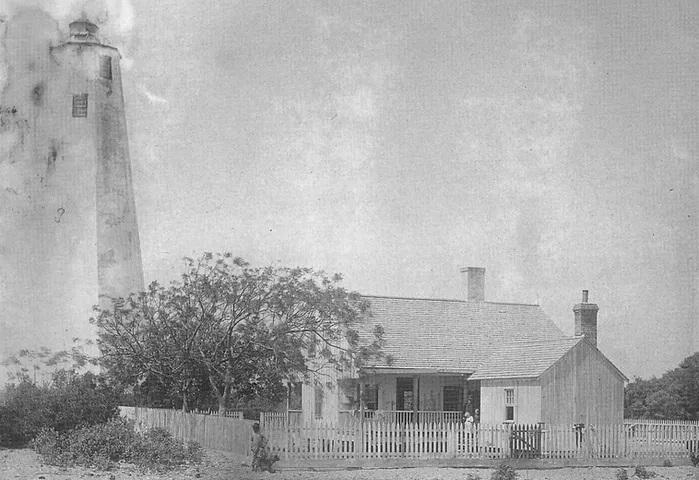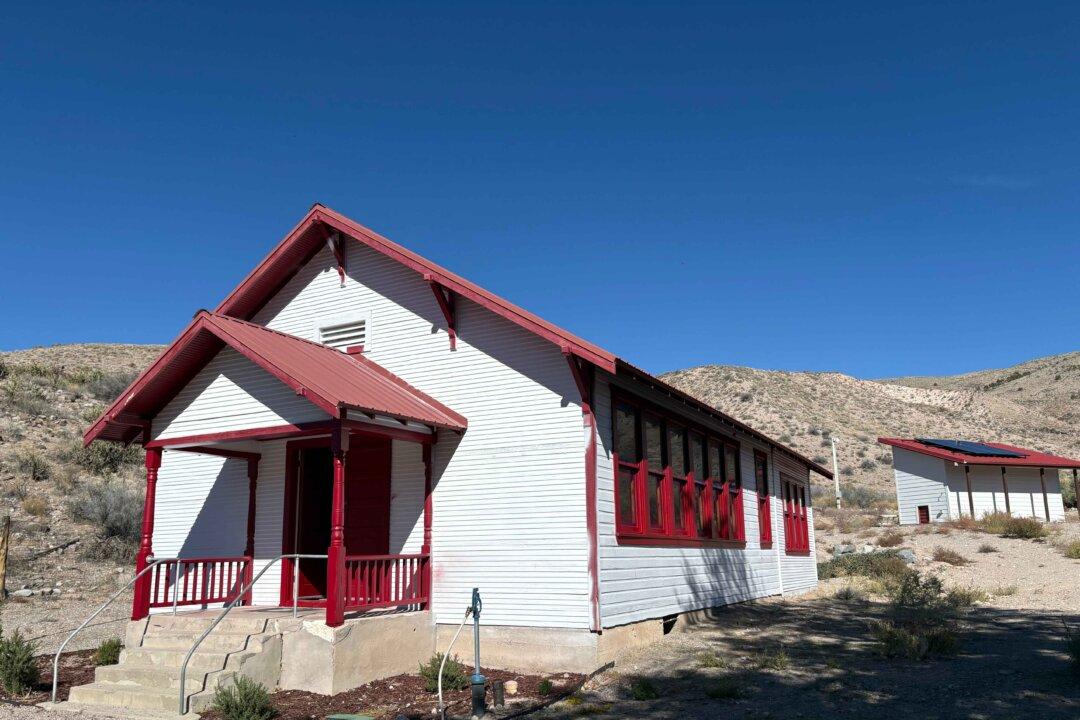A few years ago, while climbing Oak Island Lighthouse, which is the newest lighthouse in North Carolina built in 1958, I could see a small island situated just where the Cape Fear River empties into the Atlantic Ocean. On it, barely visible, is the oldest lighthouse in North Carolina, referred to as Old Baldy.
Recently, I put a visit to Old Baldy at the top of my list. I took the 30-minute ferry ride from the Southport marina to Bald Head Island, where Old Baldy has stood since 1817. My goal: to explore the 206-year-old, 110-foot-tall lighthouse and learn how it was constructed, what main purpose it served, and what history surrounded the structure.





